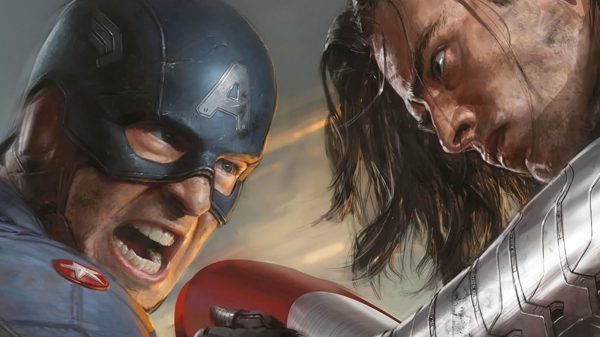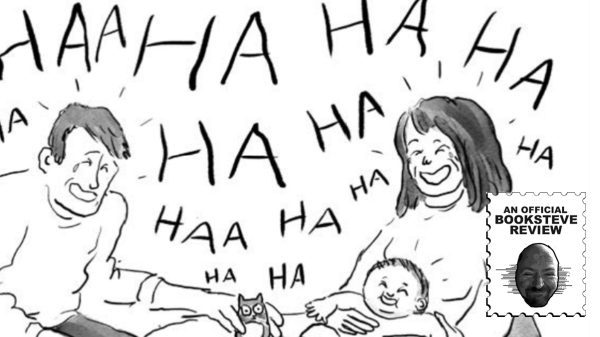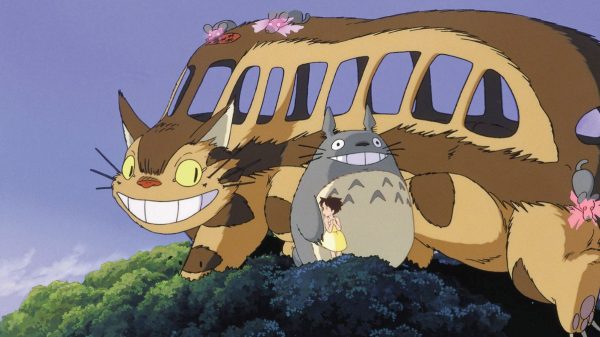When naming the great screen comedians of the Golden Age of Hollywood, two names that are all too frequently absent are those of Bert Wheeler and Robert Woolsey.
While others, such as W.C. Fields, The Marx Bros., and Laurel & Hardy have achieved near-mythical status, there are a number of other comedians whose work was immensely popular in their own time but isn’t as immediately recalled today by the more casual movie buffs. Comics like Joe E. Brown, Eddie Cantor and Will Rogers were box-office champs during the ‘30s, though their individual films are not always as widely known today.
Wheeler and Woolsey entered films in 1929, and over the following eight years would star in a number of really wild and often risqué comedies, most of them produced at their home base of RKO Radio Pictures.
Their musical comedy background made them a natural for the new medium of sound film, just like the Marx Bros., and they produced some really funny work that holds up surprisingly well for new audiences.
The definitive study of the team’s work is Wheeler and Woolsey: The Vaudeville Comic Duo and Their Films (McFarland, 1994), by film historian Edward Watz. Watz’ book traces their careers both in vaudeville and motion pictures, exploring their individual films with the serious scholarly attention they deserve. This book is an absolute must for anyone interested in their films.
What I’ve always enjoyed about Wheeler and Woolsey’s comedy is their collection of great routines, often involving complex wordplay and puns. Bert Wheeler was the “clown” of the team, and Robert Woolsey the “straight” man. Much like Abbott and Costello a decade later, much of their interaction was based on Woolsey trying to “put one over” on his seemingly dim-witted companion.
The two had a wild success with the film RIO RITA, produced by RKO in 1929. Their background in musical comedy was a perfect match for the new medium of talking film, since they were used to working within a full-length plot with dialog, and found themselves very much at home in the feature-length format of films like RIO RITA.
A lavish affair, the film contained memorable comic routines and music numbers, and was followed up in short order with the musical comedies DIXIANA, THE CUCKOOS, the service comedy HALF SHOT AT SUNRISE, and a minor but fun little comedy, HOOK LIKE AND SINKER (all of them made in 1930). Many of their films featured frequent co-star Dorothy Lee, who added a delightful presence to the comic proceedings.
Popular consensus seems to agree that their best film is probably DIPLOMANIACS (1933), a delirious political satire in which no one is safe from kidding. Directed by William A. Seiter (who also helmed one of Laurel and Hardy’s best films, SONS OF THE DESERT, the same year), the film has a strong fan base and, in fact, is considered in some quarters to be superior to the Marx Bros.’ political comedy released the same year, DUCK SOUP.
In fact, the early 30s seemed to be a ripe period for political comedy; in addition to Wheeler and Woolsey’s own CRACKED NUTS (1931), Paramount released MILLION DOLLAR LEGS in 1932, with W.C. Fields, Jack Oakie, and many veterans of screen comedy, which focused around the mythical country of Klopstokia and their efforts to win the 1932 Olympic games in Los Angeles.
While DUCK SOUP is frequently regarded by fans and critics alike as a comic masterpiece, DIPLOMANIACS offers its own trove of comic treasures. In some ways, the actual political content is a bit more pointed (for example, its plot device of Wheeler and Woolsey being asked to go to the Geneva convention to represent a tribe of American Indians, who are not allowed to represent themselves), and it offers lots of surprises for modern viewers with its risqué, pre-code humor (such as the sexy female spy who arrives wrapped in cellophane!)
The pair also appeared in two early films directed by the celebrated filmmaker George Stevens, KENTUCKY KERNELS (1934) and THE NITWITS (1935). Stevens, at the beginning of his directorial career, seemed to work quite well with the team, as both of these films hold up as two of their best.
Robert Woolsey’s untimely death in 1938 (from kidney disease) sadly brought about the end of the team, though Bert Wheeler would continue performing on his own for the rest of his life, mostly on television. Throughout their extremely prolific film career, they turned out many comedies – some obviously stronger than others – and delivered consistent laughs to their fans.
To classic comedy buffs, Wheeler and Woolsey have a secure place as one of the great comedy teams of their time. To casual buffs, less familiar or perhaps completely unaware of their work, the comedies of Wheeler and Woolsey are well worth seeking out. Thankfully, they pop up with some frequency on Turner Classic Movies, which has allowed new generations to discover their delightful comic talent.












































































































2 Comments
You must be logged in to post a comment Login